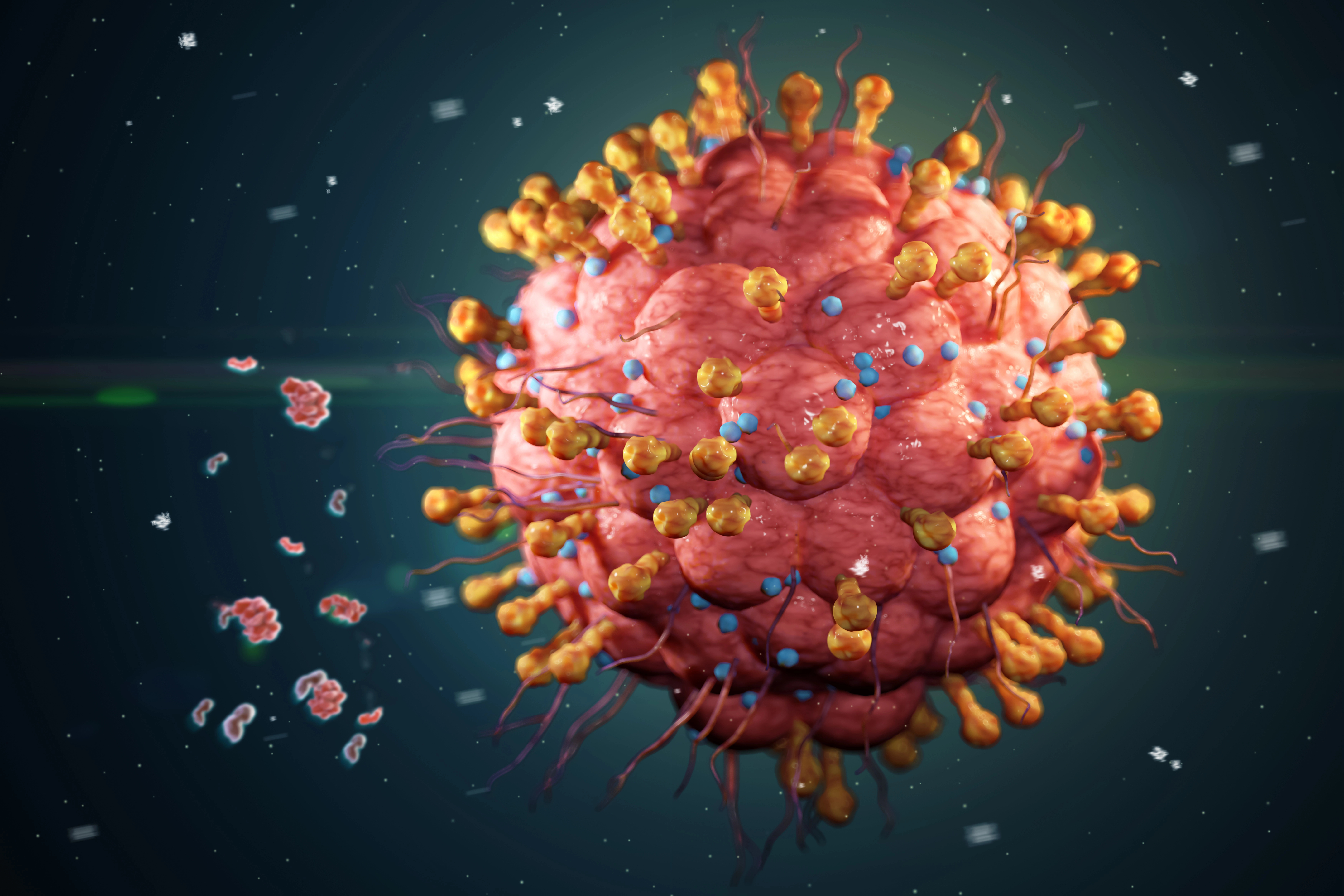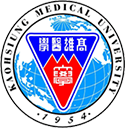-Tun-Chieh Chen, MD, Attending Physician / Associate Professor, Division of Infectious Diseases, Kaohsiung Medical University Chung-Ho Memorial Hospital (KMUH)-
When the familiar jingle “Ah! What a painful realization” plays on TV, it echoes the distress felt by many who suffer from postherpetic neuralgia—a debilitating consequence of shingles.
The Impact of Shingles
Herpes Zoster, commonly known as shingles, is caused by the Varicella-Zoster Virus (VZV)—the same virus that causes chickenpox. After a person recovers from chickenpox, the virus remains dormant in the nerve ganglia. When the immune system weakens, the virus can reactivate and trigger shingles.
Typical symptoms include a painful, blistering rash that follows the path of a single nerve on one side of the body, most often on the chest, abdomen, back, or face. While the acute pain during the outbreak is unpleasant, the real concern lies in postherpetic neuralgia (PHN)—a chronic nerve pain that may persist for months or even years after the rash heals. PHN can severely disrupt daily life, leading to insomnia, anxiety, and depression.
Studies show that shingles incidence increases with age. People over 50, or those with impaired immunity—such as patients with diabetes, cancer, or other chronic illnesses—are at higher risk. Roughly one in three people will develop shingles in their lifetime, and its prevalence continues to rise in aging societies. Thus, shingles prevention is not only crucial for personal health but also a key public health priority.
Vaccine Options
Vaccination is the most effective way to prevent shingles. Two vaccines are currently available worldwide: Zostavax and Shingrix. Both reduce the risk of shingles and its complications, but they differ in composition, efficacy, side effects, and target populations.
Zostavax, introduced in 2006, is a live attenuated vaccine that uses a weakened form of the virus to stimulate immunity. Its overall effectiveness is about 51%, and it prevents PHN in roughly 67% of cases. However, its protection declines with age—dropping to about 38% for those over 70. Because it is a live vaccine, it is not suitable for people with weakened immune systems, such as cancer patients undergoing chemotherapy, organ transplant recipients, or those living with HIV.
Shingrix, approved in 2017, is a non-live recombinant vaccine. It contains the VZV glycoprotein gE combined with an adjuvant system (AS01B) to boost immune response. Shingrix provides significantly better protection—about 97% efficacy in adults over 50, and around 91% even in those over 70. It also reduces the risk of PHN by more than 90%. Because it is non-live, it is suitable for most immunocompromised individuals and is now the preferred vaccine internationally.
Zostavax requires a single dose, while Shingrix is administered in two doses, spaced 2–6 months apart. Although Shingrix may cause more local reactions—such as redness, swelling, fever, or fatigue—these effects are usually mild and short-lived, without affecting its overall safety or tolerability.
Vaccination Recommendations and Side Effects
According to the World Health Organization (WHO), the U.S. Centers for Disease Control and Prevention (CDC), and various health authorities, Shingrix is now the first-choice vaccine. It is especially recommended for:
1. Adults aged 50 and older, even if they have previously had chickenpox or shingles.
2. Individuals who have received Zostavax—they may still benefit from Shingrix for stronger protection (with at least an 8-week interval).
3. People with impaired immunity, such as those with diabetes, chronic kidney disease, cancer, or those taking immunosuppressants (upon physician evaluation).
4. Individuals who have previously had shingles—it is recommended to wait at least 2 months after recovery before receiving the vaccine.
Common side effects of both vaccines are mild and temporary, though Shingrix’s adjuvants can cause stronger reactions:
· Local reactions: redness, swelling, or pain at the injection site (seen in over 70% of recipients), typically resolving within 1–3 days.
· Systemic reactions: fever, fatigue, headache, muscle pain, or chills (occurring in 20–40% of recipients), also short-term.
· Allergic reactions: extremely rare (<0.1%), including rash, throat swelling, or breathing difficulty; patients should remain under observation for 15–30 minutes after vaccination.
Conclusion
Shingles is far more than a skin condition—it can lead to chronic nerve pain and significantly diminish quality of life. As aging populations and immune-compromised hosts become more common, the health burden of shingles continues to grow. Vaccination remains the most effective preventive measure.
KMUH physicians recommend that adults over 50—especially those with chronic conditions or compromised immunity—consult their doctors to evaluate the timing and necessity of vaccination. Early prevention can spare individuals the intense pain and long-term complications associated with shingles.
Source: KMUH Health News, Vol. 45, No. 05 (October 2025), Special Issue on “Infectious Disease and Vaccine Prevention.”
For more articles, visit https://www.kmuh.org.tw/www/kmcj/.
© All rights reserved. This article may be shared for non-commercial purposes only. Content may not be edited, modified, or altered in any way, and the source must be credited.

